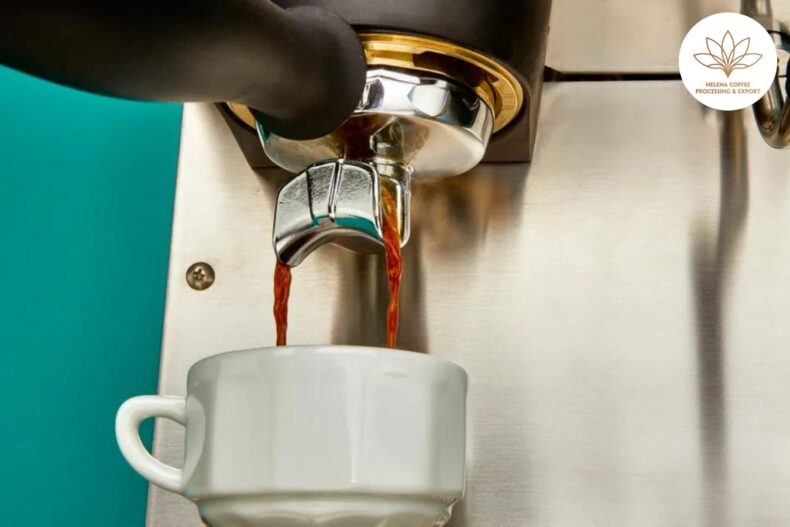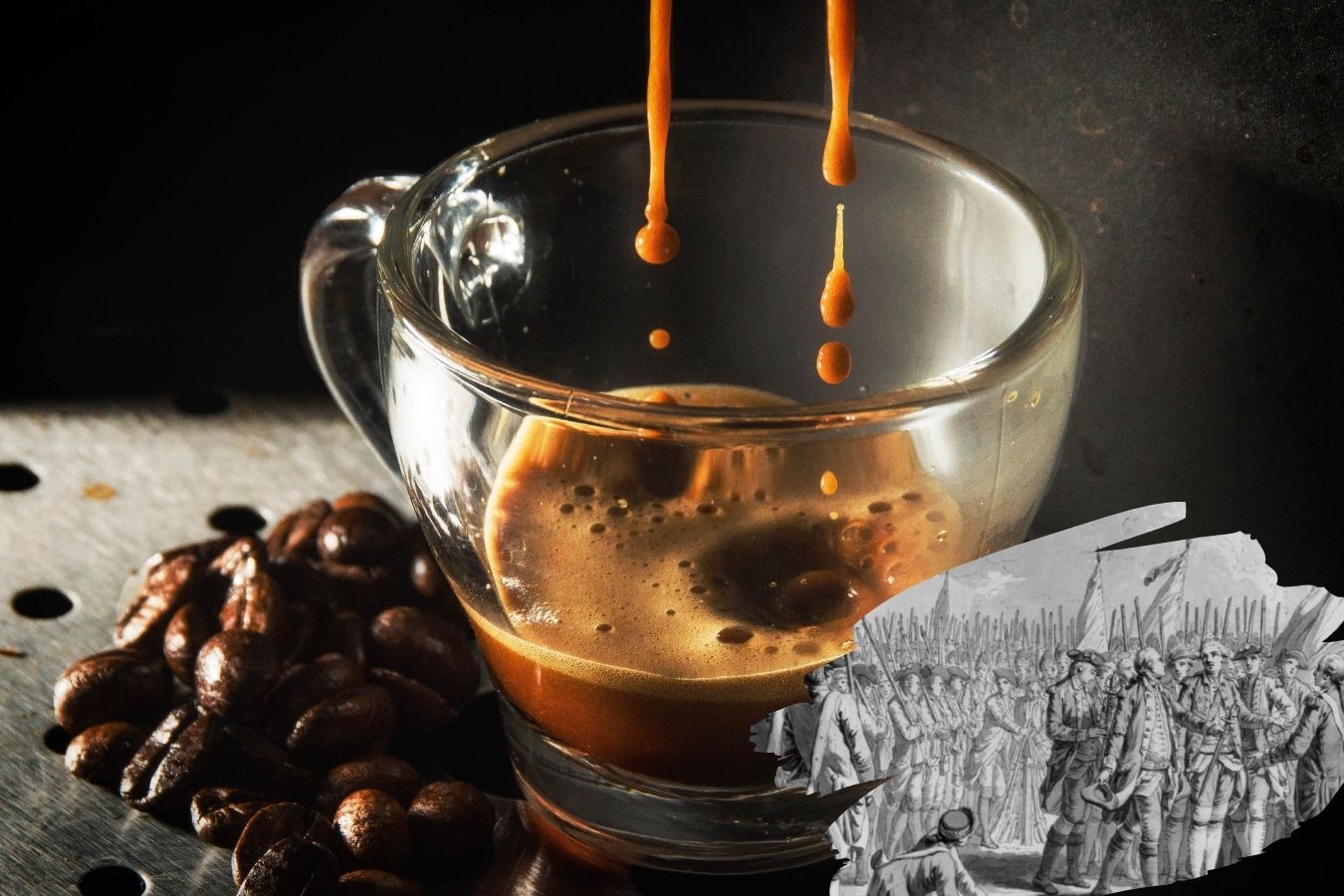

The classy position is often seen as a limitation in cappuccino culture. However, in 2013, the price of a regular cappuccino was found to be less than or equal to the price of a 500 ml draft beer in 20 of the 27 EU member states.
Both of these drinks are used to “charge” participation in a social space; The difference is that the cafe – although economically equivalent, conveys a “cultural atmosphere” in a way that traditional drinks do not.
Furthermore, “Italian” drinks are considered to be overpriced compared to “regular coffee” (home-brewed). Therefore, the question is how and why certain groups of people (regardless of class) are persuaded to pay higher prices to change their coffee preferences. Why is Italian coffee so popular? Achieve the global success it is today.
Why and how did espresso get where it is today in coffee culture?
Answering these questions requires us to construct a “Commodity Profile” of espresso coffee, which covers the impact of technological innovation, and the business structure and analysis social behaviour change and consumer cultural practices to find out how, when, where, and why “Italian” coffee drinks evolved and transferred into other cultures.

This is a warning for readers who don’t have much time or hesitate before the massiveness of coffee culture. Because the trace is very long and is posted for the primary purpose of research. If you’re ready, you can start now!
The “national” coffee background before the twentieth century
During the eighteenth century in Europe, coffee was often prepared by boiling directly with water in a single pot: a method rooted in the practice of the Ottomans. They brought the drink to this continent. During the 19th century, the ‘drip’ method of preparation was first developed in France and became popular throughout Europe.
It wasn’t until the late 19th century that coffee began to move from a colonial food to an industrial product. Coffee roasting equipment began to be produced by Guelpen, Lensing & von Gimborn, founded in 1868 in Rhineland (Germany) – present-day Probat.
This established professional coffee roasting businesses, delivering pre-roasted beans to stores. The combination of perishability and delivery logistics has bound roasters to primarily operate on a local level, with beans being sold retail and unbranded.

It wasn’t until the 20th century that European brewing methods began to diversify to the point where they started to draw regional boundaries.
In 1908, German housewife Melitta Bentz patented the present-day Melitta paper filter, allowing a more ‘clean’ tasting cup of coffee and making subsequent brewing a breeze. In 1933, the Italian company Bialetti began producing ‘ Moka ‘ – a stovetop cooking ‘kettle’ that used steam pressure to make a denser drink like that served in bars.
In the late 1930s, the French company Melior began producing cafetières – the original ‘ French press ‘ coffee pot, which allowed the coffee to soak in water before it was separated, resulting in a better tasting beverage.
Centralization of the roasting sector
The widespread adoption of these innovations only exploded in the post-war years, i.e. the late 1950s and early 1960s, when coffee became an easily accessible mass consumer product in Western Europe.
Large-scale coffee roasters have taken the throne, taking advantage of developments in packaging and storage technology to distribute branded roasted coffee through new distribution channels such as supermarkets, which are supported by advertising campaigns in new media such as radio and television.
This led to considerable centralization in both the roasting & retail sectors: the number of coffee roasters in the Federal Republic of Germany decreased from about 2000 in 1950 to 600 in 1960, while 300 coffee shops in Hamburg in 1960, only 10 exist today.
Several key roasters have established their dominance in individual markets, such as Lavazza in Italy, Jacobs, Eduscho and Tchibo in Germany, Douwe Egberts in the Netherlands and Gevalia in Sweden. Nestlé took control of the Swiss market, where instant coffees accounted for more than half of all coffee sold in the 1960s.

These two trends – the concentration of the ‘home’ brewing sector in the hands of a few larger roasters and the diversification of brewing styles across the continent – are closely linked. Roasters can advertise their coffee best suited to a particular brewing method, helping to build “nationalism” between coffees and consumers that can protect their market share from external competitors.
The above statement is not without foundation. Each preparation method requires a different way of roasting and grinding. This can be seen from specific blends and roasts from lightly roasted Arabica blends popular in Germany and Nordic countries to blends based on blends with dark roasted robusta found in countries like France and IDEA.
Summarized from the perspective of production culture, the structures of the coffee trade combined with the technological innovation of industrial equipment have formed & maintained a coffee culture with a national “identity”. .
The ‘out-of-home’ area and the birth of Espresso
However, at-home and away-from-home coffee preferences can differ significantly. In a home environment, consumer choice may be driven by considerations related to ease of preparation, brewing time, and also filterability of coffee grounds. In contrast, consumer expectations Outside the home can focus on the essence of taste, speed of service and perception of the price to pay for it.
The coffee industry distinguishes between these two market shares with very different structures. The leading giants in one arena may have only a modest presence in the other.
In the ‘out-of-home’ or HORECA (Hotel, Restaurant and Catering) market, the concentration remains lower between the operators and the roasters. The industry structure varies considerably between regions, as does the space and culture of coffee consumption outside the home.

The importance of demarcation between the home and the outdoors can be seen clearly in Italy, the birthplace of espresso. Originated from the need for American bars in the late 19th century, when bar owners wanted to reduce the time it took to prepare coffee for customers.
Several machine manufacturers, notably La Pavoni and Victoria Arduino, have started using steam to brew coffee under pressure, thus speeding up the extraction rate. Their ‘instant’ coffee machine makes what they call Espresso: a custom-made, “brand-new” cup of coffee.
Installed in luxury areas, the machine creates a theatre-like feel when brewing coffee, but the result is often a burnt taste due to the coffee’s direct contact with the steam. To solve this problem, Achille Gaggia began production of the next generation of espresso machines capable of brewing coffee under high pressure using a manually operated piston system in 1948.
Based on Gaggia’s machine, Inventors have developed machines that run on electricity, which are cheaper and have the ability to operate continuously to deliver coffees extracted under 9 bar.
Espresso Bar in the heart of Italy
Postwar Italy’s “economic miracle” saw waves of immigration from the countryside into the cities. The number of street bars serving combinations of coffee, snacks and alcoholic beverages has increased dramatically from 84,250 in 1956 to 118,029 in 1971.
These bars offer customers a social socializing atmosphere, whether part of a short break in the workday, a coffee after the main meal, or a break and relaxation in the evening.
However, in-house coffee prices are controlled by a 1911 law that allows town councils to impose maximum prices on certain essential consumer goods, which are set after consultation with local trade associations (in fact, they also control the opening of new shops, service times, ..).
During this period, there were only small coffee shops, mainly using family labour and low cost; this field was not attractive to investors. Consequently, no coffee-bar chains developed in Italy during the 20th century because the industry’s structure made it unattractive.
These regulations cemented a foundation in the creation of the Italian espresso bar model in which control of minimum service to drinkers while standing at the counter became the norm. .

Despite the growth of Espresso as a speciality beverage in Italy, the growth of “coffee-bar” industry support structures has softened the focus on the pursuit of quality and innovation. Low prices, low margins, and low service reflect a relatively low consumer view of the product.
According to Giacamo Biviano, commercial director of Illy: after all, coffee is like gasoline; consumers go to any old bar, paying little attention to the brand served.
Although roasters try to fight this, promising owners that they will increase their customer base & improve their brand image based on the quality of the blend; this requires greater confidence in the owners, as they have to pay more for their coffee supply and are therefore forced to accept lower per-cup margins due to limited prices.
In cultures beyond the borders of Italy
Drip coffee is still the standard drink outside the home in the northern Alps. Coffee shops offer food service & use electric pour-over continuous coffee machines.
Aside from the brief surge of interest in cafes as a form of youth focus in the 1950s, which waned when coffee could not generate enough profits, espresso remains an alien drink, tinged with ethnicity and consumed only in eateries run by the Italian community.
The birth of coffee chains in the United States was sparked by the emergence of the speciality coffee movement of independent small roasters and gourmet shops. Initially, these stores focused on selling whole beans for home brewing. However, to encourage customers to come to the store, they started serving drinks on the premises.
Typically, Starbucks began in 1971 as a roaster/retailer in Seattle but was converted into a coffee shop chain after its acquisition by Howard Schultz in 1987.
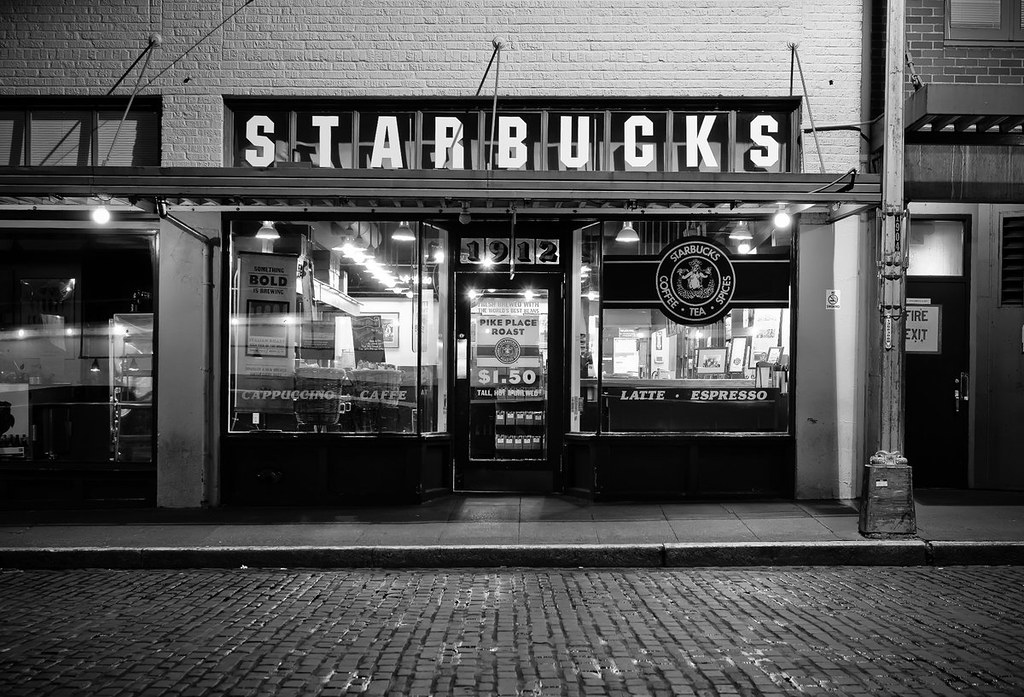
The coffee-shop model is based on the sale of ‘quick service’ coffee drinks as the main source of revenue. In addition to offering a take-out service, the cafe has a comfortable seating area where customers can sit back after they’ve finished their drinks.
The ‘rent’ for the use of this space and its accompanying amenities (such as washrooms, newspapers, and internet access) is included in the price of the coffee, which means that the price will be higher, but at the same time bring to more value than the consumer.
And fortunately, espresso is well-suited to this role, although while pure espresso is popular in Italian coffee shops (i.e. Italian coffee bars), cappuccinos and lattes are more popular. In trendy coffee shops.
Dairy-based beverages easily satisfy the preferences of American consumers because of their sweeter taste and can be tailored to personal taste by adding volume, flavouring, topping, etc. to create concoctions like ‘caramel latte’.
The combination of the Italian coffee style with the needs of American customers has allowed the cafe to form a series of cultural references around it. The potential for interactions between these is powerful in Europe, where coffee shops started popping up in the mid-1990s.
Espresso dominance on the European continent
However, it would be flawed to consider the “coffee revolution” from the mere point of view of an Americanisation. Except for Starbucks, none of the leading executives is American. As we know it, being a latecomer, Howard Schultz took advantage of the background gained from local entrepreneurs to restructure the model Cafe.
In 2011, 66 of the first 70 chains operating in Europe and the Middle East originated. The largest of this top 10, by a number of stores, includes two UK chains, two from Russia and one from Germany, Italy, Greece and the Netherlands, along with the US (Starbucks) and Australia (McCafé).

Due to the success of branded chains, the perception of Italian-style coffee representing premium value has become more apparent. Other retail and service operators began harnessing the Espresso mantra’s power.
This development is also supported by technology – in particular, the development of a super-automatic machine that combines all the dispensing steps carried out by the bartender simultaneously with just a push of a button.
This is a market Italy has missed: while 70% of professional espresso machines made in Italy (between 2004 and 2008) are exported, less than 14% of these are super-automatics. motion. Many chain stores that position themselves as ‘Italian’ use ‘traditional’ coffee machines operated by trained baristas as a way to differentiate themselves in the market.
The second impetus again comes from regulation. Enacting a smoking ban in 2007 had little direct impact on branded coffee chains. However, new pub chains are scary as they could lose significant revenue due to the ban. As a result, many have invested in premium service, i.e. offering Italian-style coffee, to develop another revenue stream, where profit margins are much higher than beer.
This is made possible through the combination of a super-automatic and a capsule Nespresso machine, which reduces the need for Barista training.

As the consumption of Italian-style coffee became mainstream, a craft culture known as the “ third wave ” developed beyond this range. This dates back to the founding of the European Specialty Coffee Association in 1998, which organized the World Barista Championships, jointly held with the Specialty Coffee Association of the United States.
The winning Baristas in these events often continue to build unique cafes in their spirit and are “borrowed” by manufacturers to promote the machines and equipment. They even compete for their espresso machines to be officially used in competitions.
The espresso revolution from the point of view of cultural production
Analyzing the “Espresso revolution“ from the point of view of cultural formation, we can summarize the main factors and how they have changed, accumulated, and interacted with each other to facilitate the transformation from the national coffee culture to the Italian style of Espresso within a few years from 1995.
Roland Barthes, author of The Production of Culture Perspective (roughly translated from 1950, in France) – Covered six aspects of the formation of cultural symbols including: technology, laws and regulations, industry structure, organizational structure, profession and market) the author of this article has used them to establish a basic system of views for the formation of the Espresso culture.
Technology is fundamental to advances in espresso production. Still, by itself, this is not enough to make an immediate impact on consumption habits (the “genius” invention is not the tipping point).
It was not Gaggia’s machines but the cheaper semi-automatic espresso machines of the 1960s that spurred the expansion of espresso culture in Italy. The machines of the 1990s played a more critical role in popularizing Italian-style coffee than establishing its premium position in the first place.
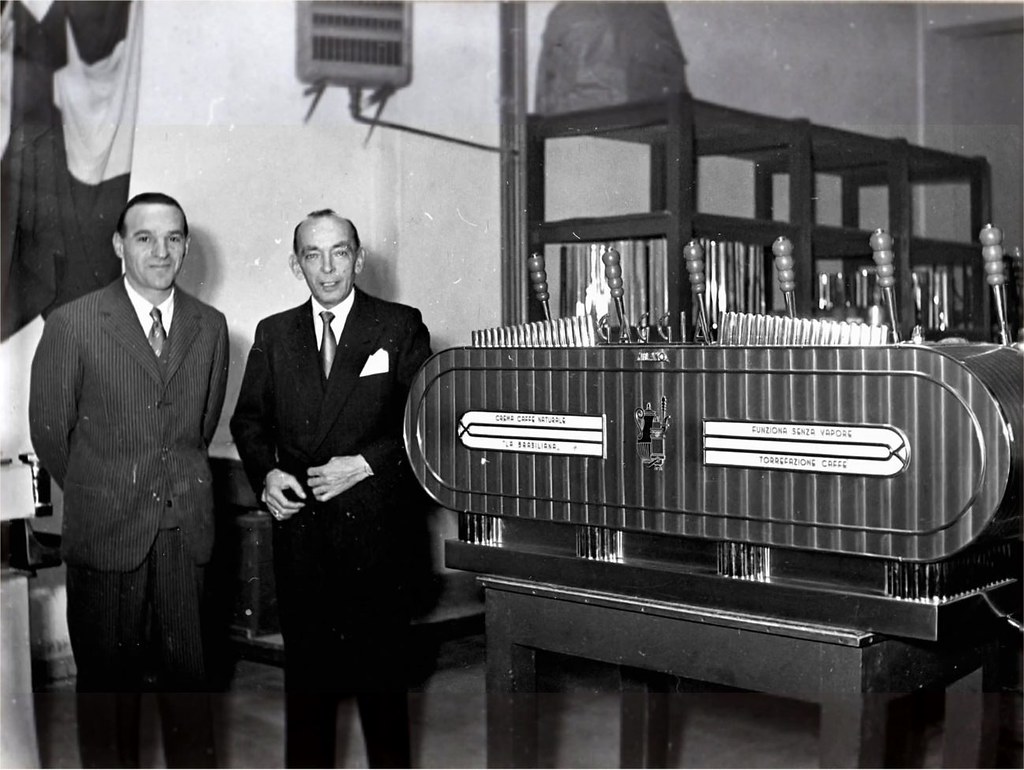
Nespresso tablets have achieved an annual growth rate of more than 30% per year since 2000, by assuming a premium espresso experience. However, the system was launched in 1986, initially aimed at offices and restaurants, only to benefit later from the espresso revolution.
Social norms contribute significantly to shaping coffee culture, whether in terms of shaping the structure of the “indoor-outdoor” market or through the impact of legislation such as the smoking ban the drug led to an expansion of the Italian coffee supply: Furthermore, the EU expansion had unintended consequences by creating a borderless workforce of baristas across Europe.
The “espresso revolution” is essentially a story about the structure of the coffee industry. Industry structures developed in the first half of the 20th century to such an extent that power was concentrated in the giant roasters in the ‘home’ sector, who turned coffee into an everyday product to make it custom. The ‘country’ style prevails in every home.
In the HORECA sector, a much weaker group of operators has been tied together in a structure that impedes innovation, mainly due to the low-profit margins prevalent in the service industry.
Starbucks is a prime example of how startups, unconstrained by organizational structure or career hierarchy; founders are free to follow their instincts as long as they have access to the necessary capital. Many people from the financial industry have helped them do that.
Furthermore, Espresso entered a market that already existed in Europe, partly based on what happened in the US, partly due to the growing interest in food and beverage products. Drink in general, and especially Italian companies.
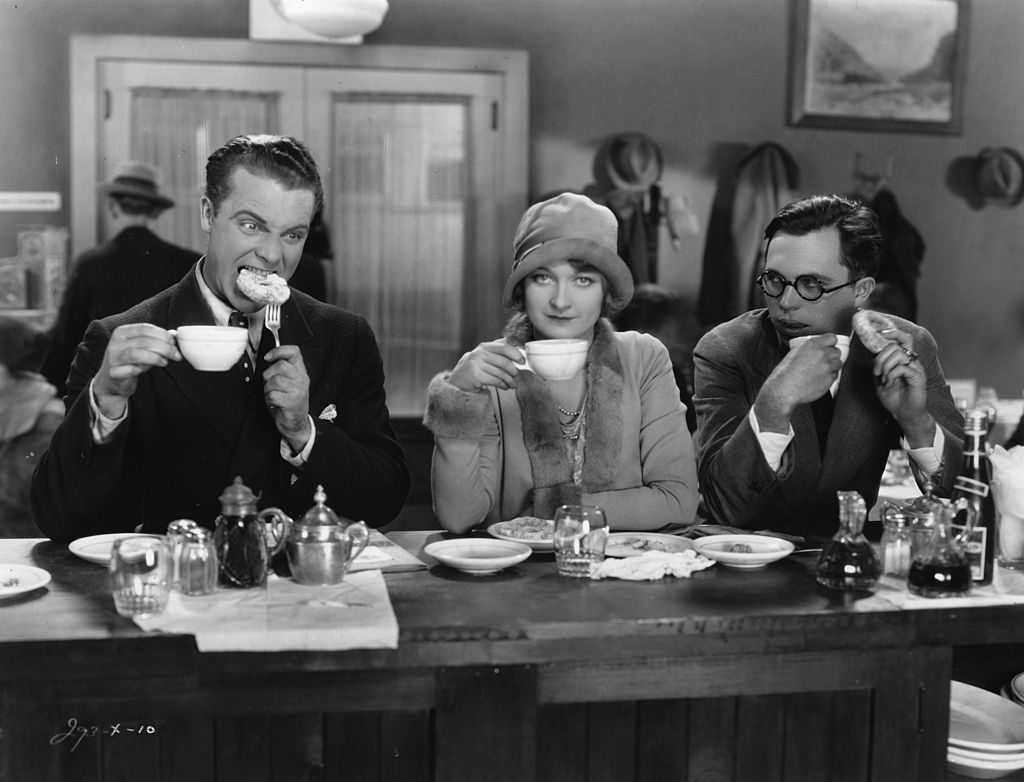
The current industry views the coffee market as a homogeneous market in which competition among suppliers will be essentially based on price. In contrast, new entrants understand the market as a segmented system in which certain groups meet needs based on the service, quality and symbolic values of Italian-style coffee.
Instead of treating the coffee market as a mass entity, roasters began the practice of segmentation: creating new blends to suit the desires of specific types of customers. “Ethical” coffee (eg Fair trade coffee), “originated” coffee (like single origin coffee), eco-friendly coffee, etc. are all developed to appeal to segments differences in the market, allowing consumers to exercise choice and differentiate by purchasing coffee that reflects their personal values and tastes.
Espresso has become a culture and a doctrine
Summing up with Roland Barthes’ view, in a series of observations on the ‘psychology’ of food consumption, he suggested that in societies where basic nutritional needs are easily met then ‘food always tends to transform itself into context’: that is, its meaning is determined by the context in which it is used.
According to Barthes, Coffee may be the best illustration of his claim. What was once considered a stimulant that facilitates work is associated with moments of rest and relaxation: a change has been made because ‘coffee is seen as not only a substance – which was like a condition, a circumstance.”

However, Roland Barthes’ research shows that the relationship between “substance” and “situation” is much more complicated. For the “situation” around coffee to change, coffee must also change (in other words, adapt). As coffee became a mass consumer commodity in the mid-twentieth century, different national coffee styles developed throughout Europe.
In France, adopting cafetière as a preferred extract represents an example of the cultural change in coffee that Barthes discovered.
The success of the cafe and the spread of Italian-style coffee throughout mainland Europe in the late twentieth century need to be viewed in mutual relation. The contrast between drinking “national style” coffee at home and drinking Italian-style coffee in the cafe’s space, formed the basis for the change in consumer needs. consumption – This is the basic answer to the question “Why Espresso?
Reference source
Why espresso analysis? Explaining changes in European coffee preferences from production of culture perspective by Jonathan Morris – coffee historian and Professor of History at the University of Hertfordshire. You can refer to the original friend at tanfonline.com

